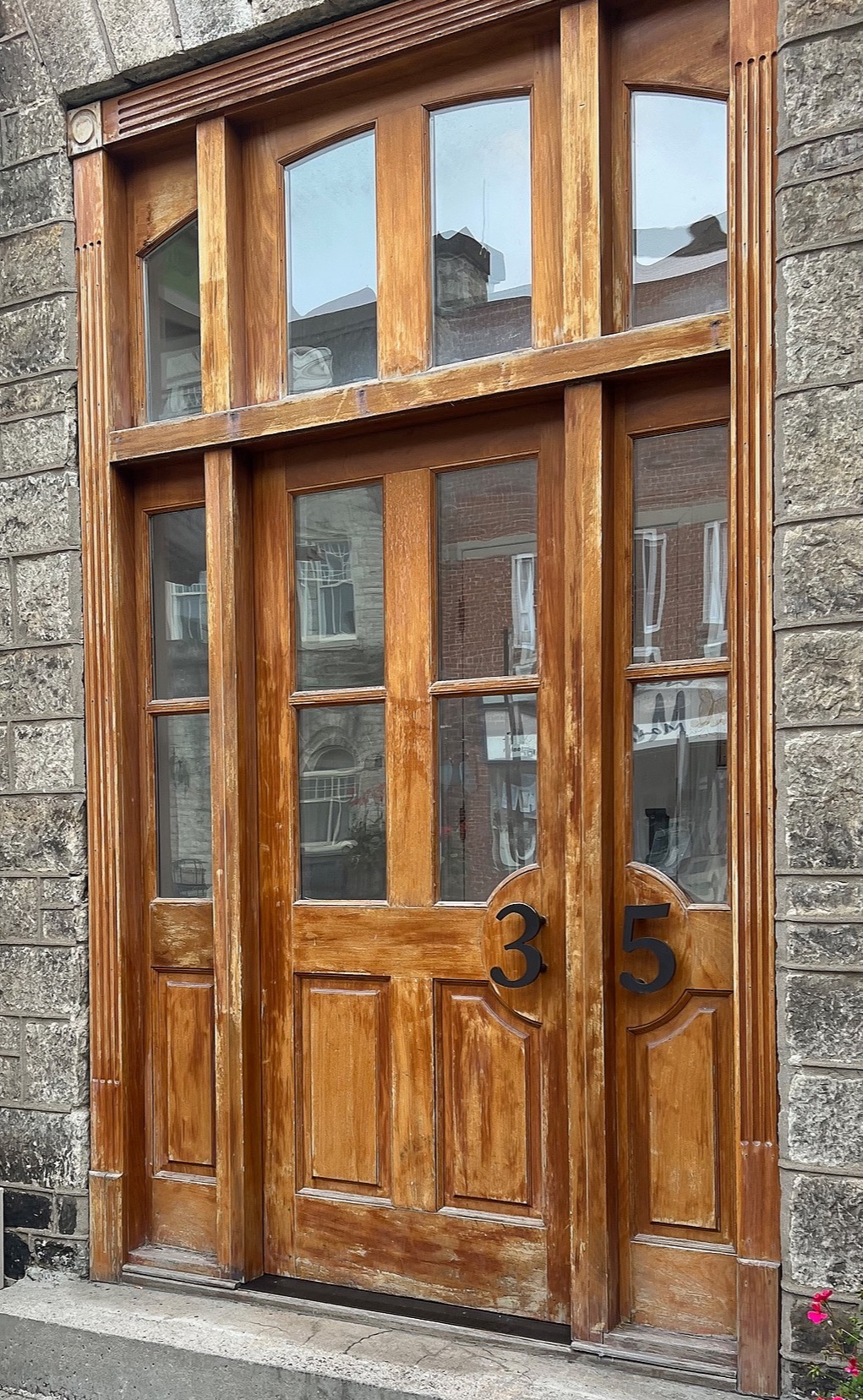Air Sealing Existing Openings
LISTEN...PT 1
A window or door in an existing wall can be air sealed to a certain extent, in some cases greatly improving its ability to resist airflow.

Before you cut into any walls or ceilings, make a good investigation of the building and its openings. A thermographic camera can reveal a lot and, if you can get one, a smoke pencil can help identify leakage areas.
When you're ready to start into the project, here are some important considerations:
- Wood units can be caulked and repaired / restored
- Vinyl and fibreglass can be caulked and repaired
- Aluminum windows should be replaced. WHY?
LISTEN...PT 2
| TOOLS YOU'LL NEED: |
| Utility knife |
| Cat's paw restorer's prybar |
| Lever bar - scraper |
| Painter's masking tape - wide |
- Air sealing the unit in rough opening - With a bit of careful knife work, you can pop off the interior casing of the window / door, and see what's going on in the rough opening.
- Carefully cut around the casing, through paint or caulking, to minimize the damage.
- If there's a need for air sealing, apply some low expansion spray foam insulation.
- Apply painters tape around the opening (over the existing drywall or finish) BEFORE you spray foam. The foam will expand out of the opening.
- Make sure to clean the gap before you spray.
- Caulking around the unit - Sometimes, you can create a good air seal just by applying a bead of caulking.
- Use interior silicone caulking around the trim and frame of a window or door, filling in any gaps under 1/4"
- Keep rags around for cleaning up excess caulking
- Have a container of soapy water close by, to dip your finger in when you 'smooth out' the bead of caulking.
- Weather strip moving parts - Older windows and doors may just be in need of new weather stripping.
- If you are able to remove the unit from it's frame, you can sometimes slide the old weather strip out and replace it.
- Install neoprene or vinyl weather strip on the frame itself, being careful not to interrupt the closing action of the unit.
